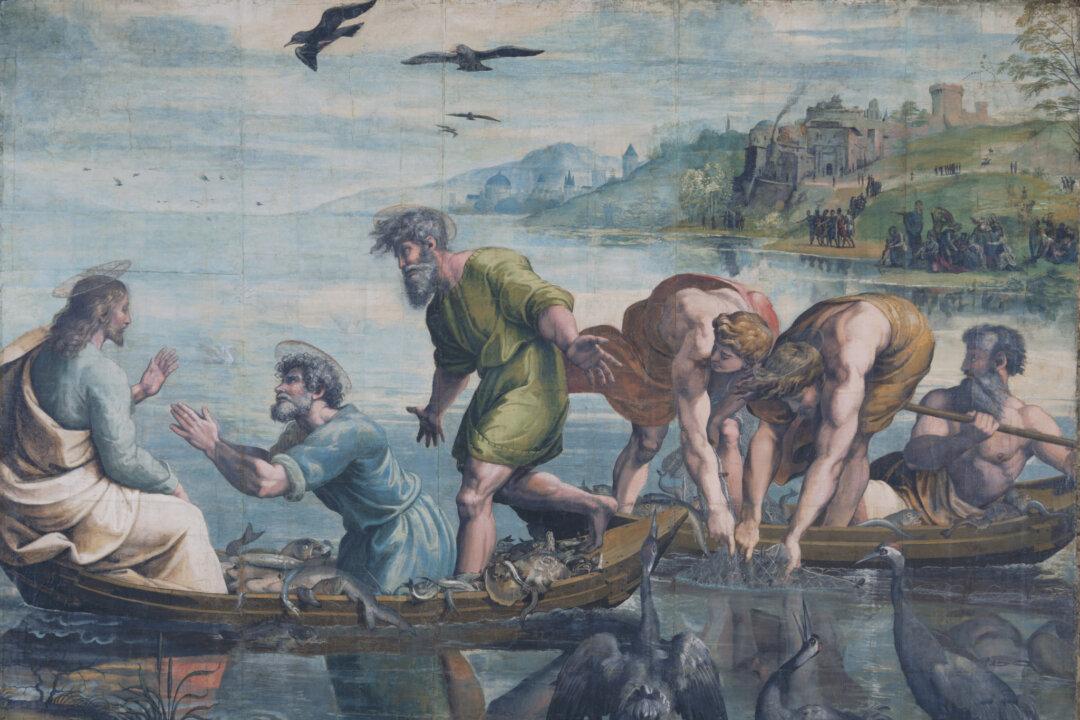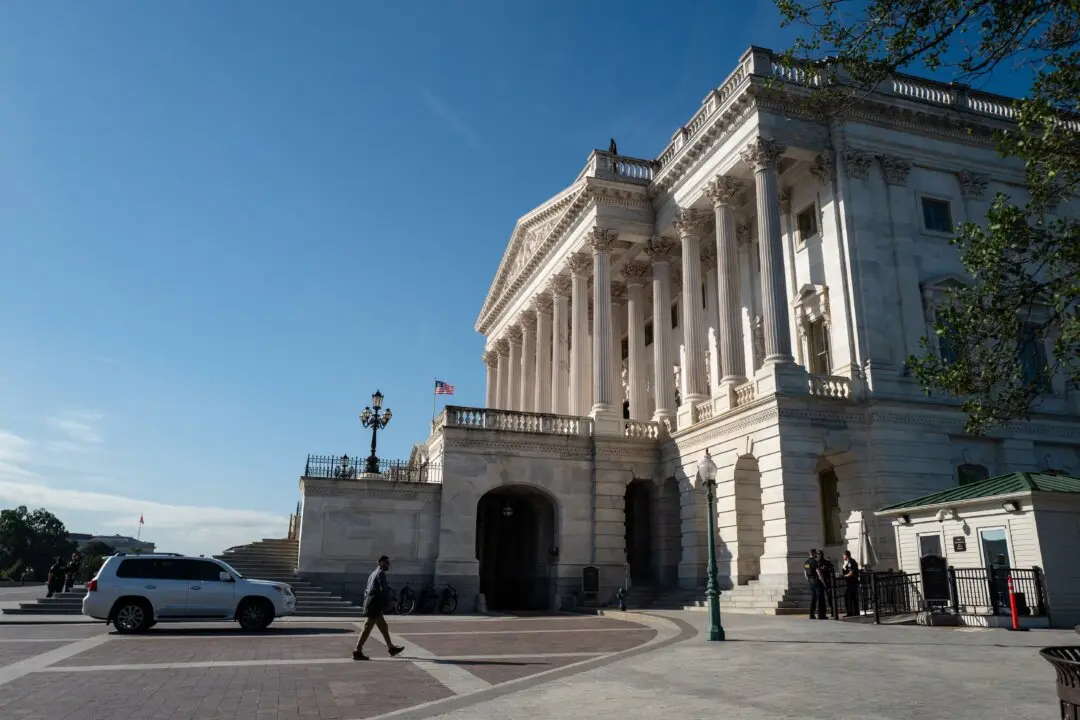Visitors to London’s Victoria and Albert Museum will soon be able to see seven of Raphael’s sublime cartoons, depicting the life of St. Paul and St. Peter, the fathers of the Roman Catholic Church, in the museum’s newly refurbished Raphael Court.
The refurbished gallery was due to open last year, to mark the 500th anniversary of Raphael’s death. Although still closed due to the pandemic, the museum has released some new digital content so that the cartoons, full-size preparatory drawings, can be enjoyed before the museum’s reopening, which is yet to be announced.






